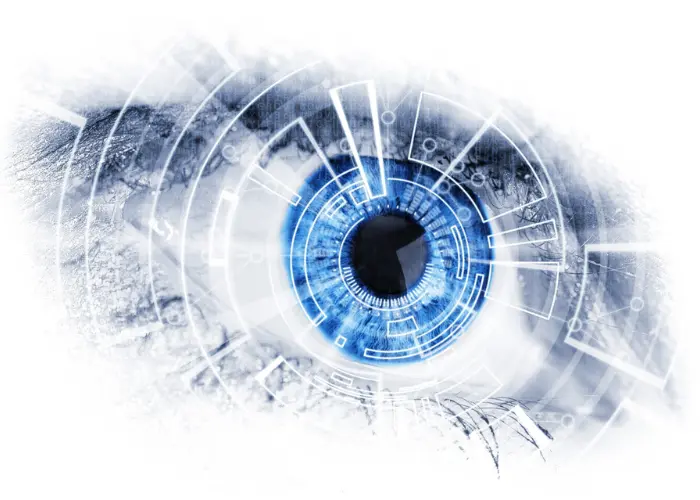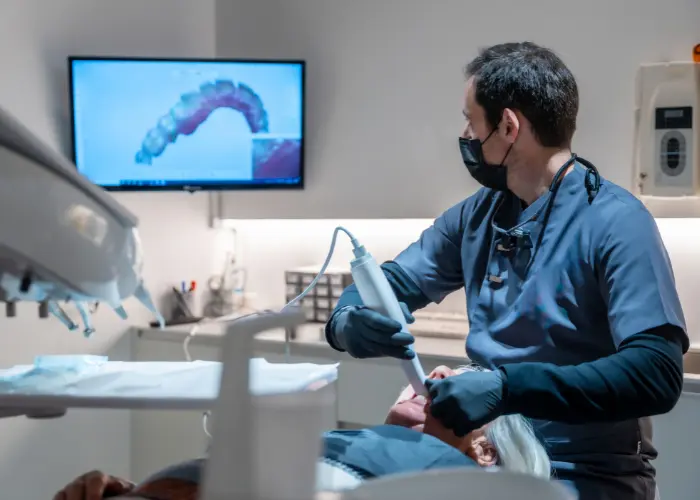Chronic Disease Management Apps: Technology for Powering up the Patients
Patients with Chronic Diseases need constant medical supervision to prevent dangerous episodes and complications because these chronic illnesses include diabetes, hypertension, and asthma – to name a few. In the wake of digital enhancements, chronic disease management apps are one of the most effective technologies that have improved general patient care by taking up a central role that was hitherto unimagined.
These apps act as a supplemental form of surety to the traditional mode of healthcare where they constantly supervise, teach, advise, and give results on the improvement the patients are making. They provide a level of convenience, enabling, and stimuli that are in harmony with current societies and the ever-increasing demand for individualized health care.
Empowering Patients Through Self-Management
Chronic disease management app can be considered as one of the most beneficial programs as they enable the patient to be empowered. Earlier management of a chronic illness entailed multiple clinic visits, appointment and information keeping by clients and a lot of dependence on memory for dosing of medications. Apps make this process easy in that they enable patients to use single application to log symptoms, medications and appointments among others.
For instance, a diabetes control app may offer a blood glucose tracking system, carbohydrate consumption tracking mechanism as well as insulin dose prompting. These tools enable the patient to be able to see the results of their lifestyle in relation to their condition in real time which helps the patient feel as though he or she is in control and thereby minimize the chances of having complications.
Bridging the Gap Between Patients and Providers
Mobile applications for chronic disease intervention also facilitate the relationship between and patients and care providers. A lot of applications have options of remote supervision, where the information obtained by the app is transmitted to medical practitioners in real time. In this, one can get alerted and try to adjust the treatment plan in good time without necessarily the need for a physical meeting.
Specifically, the interventions of telemedicine have been very helpful in these apps during the COVID-19 pandemic as they facilitated the ability to continue treatment, while minimizing the risk of exposure. For example, hypertensive apps may allow the transmission of blood pressure checks to the physicians’ mobiles daily; therefore, a physician can consider lifestyle changes or alteration of drugs based on updated data.
Personalization Through AI and Machine Learning
AI and machine learning capability added to chronic disease management apps have made the apps even more helpful. These technologies makes use of the trends in data to offer a health information and advice to the users.
For instance, an asthma management app with me would study the sickness fluctuation, and compare with the surrounding factors such as pollen or poor air quality. The app can then send notifications to users, allowing them to use an inhaler, or avoid activities like going outside.
Likewise, mobile apps in cardiovascular diseases made with the help of artificial intelligence can operate user’s risks by measuring their heart rate, sleep quality, and physical activity and offer users personalized changes in their lifestyle for better cardiac health.
Challenges in Adoption and Use
However, there are many challenges that chronic disease management apps encounter. Patients feel that lack of access to the internet and understanding of the use of electronics continues to present a challenge for many throughout their lifecycle and especially for the elderly and those in developing countries… Cross cultural differences also play a big role in reducing the effectiveness of these apps since translation of the language used may not be very effective.
However, the two most compelling issues are related to data protection and security. Due to the nature of information these apps process, their developers need to provide secure means of preserving their users’ data to strengthen public confidence in the applications. Organizations like the Health Insurance Portability and Accountability Act (HIPAA) in the U.S have laid down data protection standards but the apps do not necessarily have to follow the rules.
The Future of Chronic Disease Management
What has been said may be summarized by stating that the nature of chronic diseases and the potential of related apps will only expand as technology develops. Further enhanced coverage towards the utility of these platforms, the adoption of wearable devices, augmented reality (AR), and virtual reality (VR) in these platforms can provide immersive interaction experience to the patients.
It will be important for government agencies, healthcare providers, and App developers to work together to fix problems such as access and data privacy so that Apps like these can be as helpful as possible to all who need them. There is therefore considerable potential for chronic disease management apps to constitute an important intervention to decrease global disease burden, advance patient care, and reimagine healthcare provision.
Conclusion
Chronic diseases management apps actually mark a new way of how patients can deal with their own condition. As devices that provide tools for tracking symptoms, ways of finding providers, and the use of technologies to support individualized symptoms, chronic conditions are being transferred to the consumers. Looking at the future these innovations offer a prospect of a healthier and connected world.
Latest Article
-
 CSL Behring: Leading Innovation & Impact in the Healthcare LandscapeArticle
CSL Behring: Leading Innovation & Impact in the Healthcare LandscapeArticle -
 Top 5 LASIK Hospitals in Navi Mumbai Eye For Advanced Eye CareArticle
Top 5 LASIK Hospitals in Navi Mumbai Eye For Advanced Eye CareArticle -
 Top 5 Dental Clinics in Camp, Pune: A Data-Backed GuideArticle
Top 5 Dental Clinics in Camp, Pune: A Data-Backed GuideArticle -
 Liposuction Surgery in Mumbai vs Weight Loss Surgery? Expert AdviceArticle
Liposuction Surgery in Mumbai vs Weight Loss Surgery? Expert AdviceArticle -
 Top 5 Skin & Hair Clinics in JP Nagar, BangaloreArticle
Top 5 Skin & Hair Clinics in JP Nagar, BangaloreArticle
